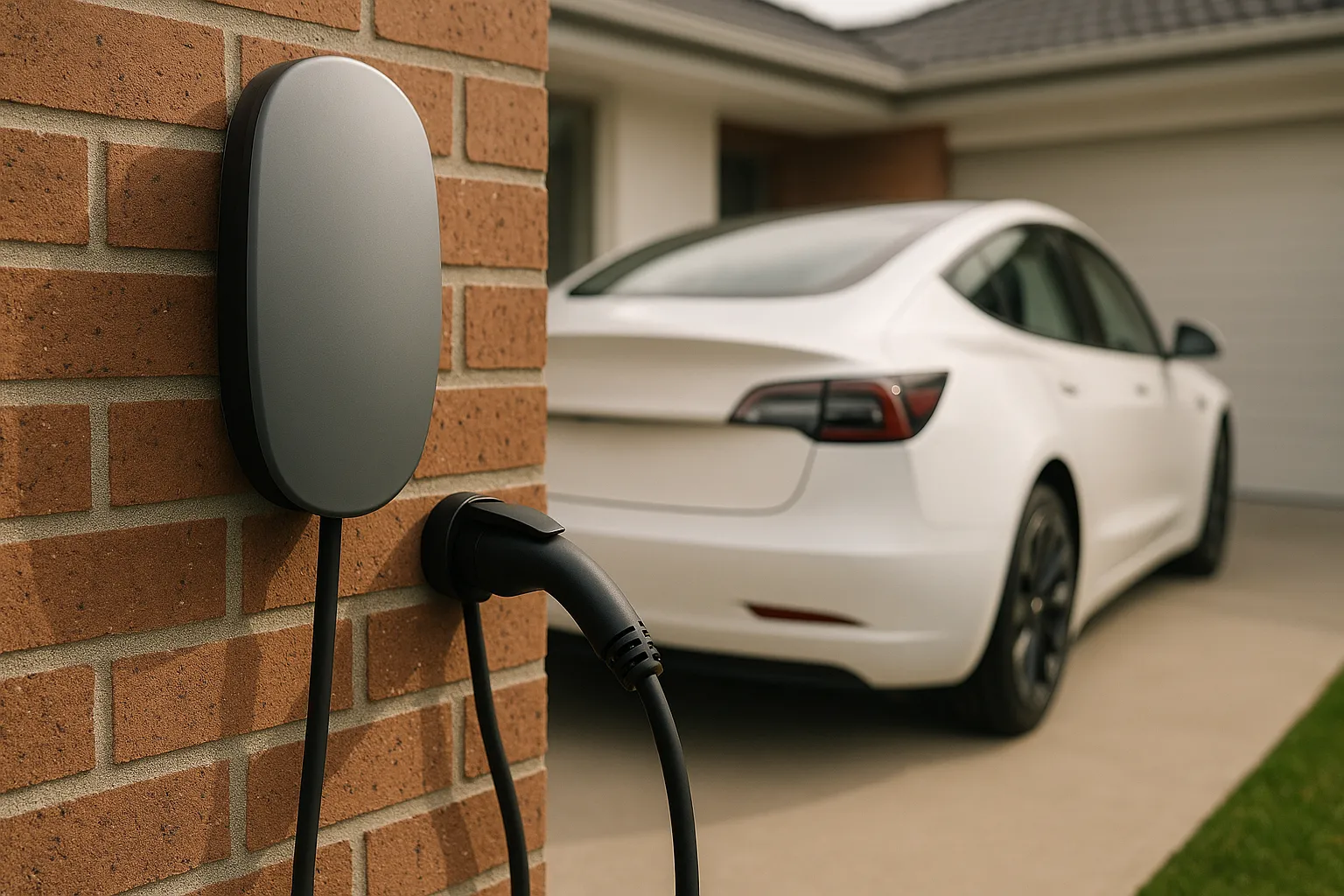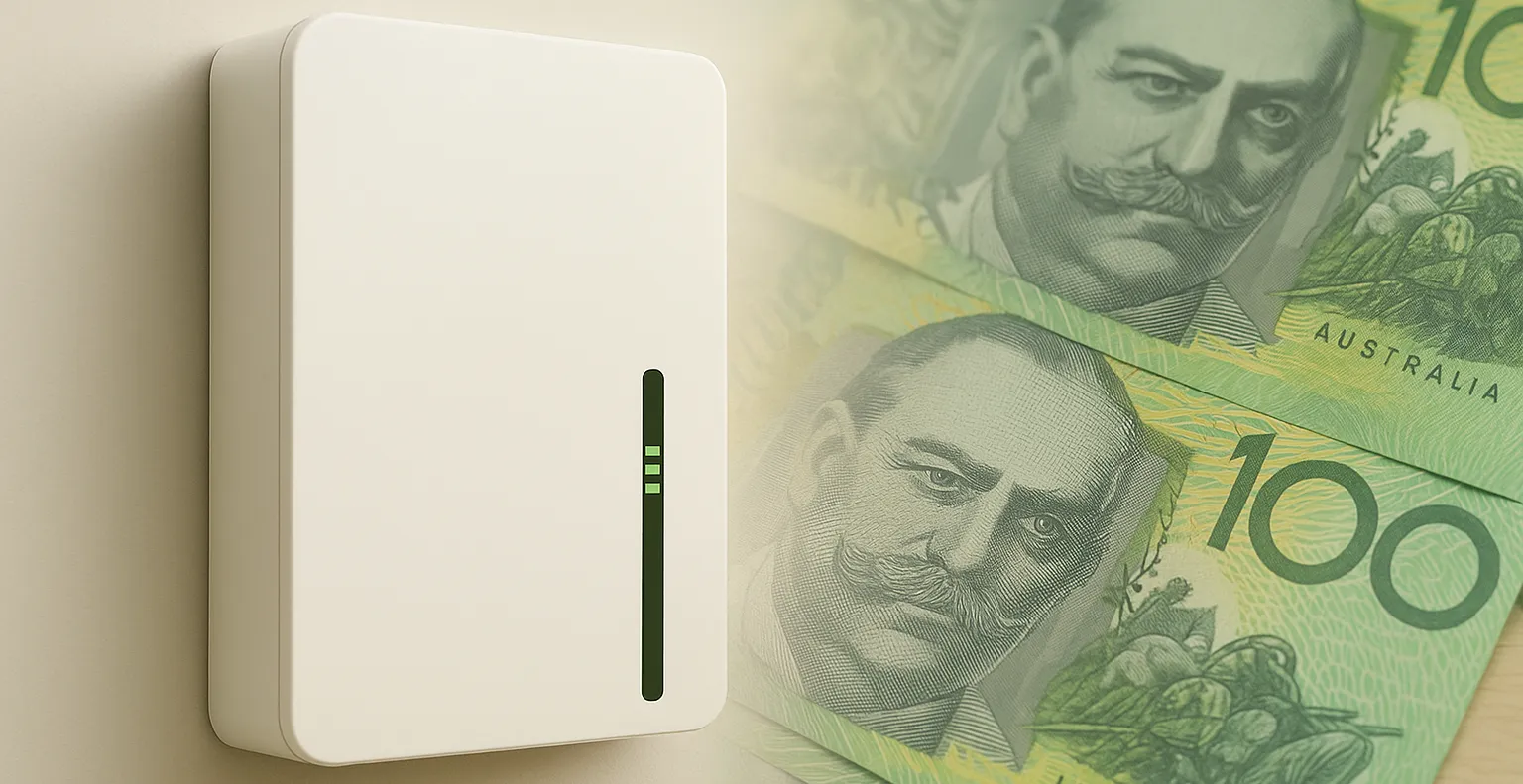Thinking about switching to an electric vehicle (EV)? Great move. But just like your smartphone, your EV needs regular charging – and knowing how to do it properly can save you time, money, and battery health.
The Basics: AC vs DC Power
Electricity comes in two flavours: alternating current (AC) and direct current (DC). Most of our home gadgets—TVs, fridges, kettles—run on AC. But EV batteries need DC to charge.
Thankfully, EVs are smart enough to handle both. They come with in-built AC/DC inverters, so you can plug into a regular outlet or a fast charger. That said, some chargers (called Level 3 chargers) skip the inverter and shoot DC straight into your battery, speeding things up big time.
The Three Levels of Charging
Level 1 – The Slow and Steady (AC)
Plugging your EV into a regular 240V power point at home? That’s Level 1 charging, also known as trickle charging. It maxes out at 2.4 kW and can take up to 24 hours for a full recharge.
But here’s the thing: most Aussies only drive about 33 km a day—barely a dent in an EV battery. So trickle charging overnight might actually be all you need.
Level 2 – The Home Upgrade or Public Perk (AC)
Level 2 chargers are a step up. They dish out between 7 and 22 kW and are commonly found in public spaces like shopping centres, libraries, cafes, motels, and caravan parks. You can even install one at home if you want a faster recharge without leaving the driveway.
Pair it with smart charging tech and you can schedule charging during cheaper electricity rates or off-peak times—easy on your wallet and the grid.
Level 3 – The Quick Pit Stop (DC)
Need a fast top-up on a road trip? Level 3 chargers, or fast chargers, are your best mate. These DC chargers deliver between 25 and 350 kW—some are considered ‘ultrafast’ once they go beyond 100 kW.
You’ll find them along highways and in large retail centres. They’re not cheap, but they’ll get you back on the road fast.
Charging Speeds and Battery Health
Your charging speed isn’t just about the charger—it depends on:
- The charger’s power rating
- How full your battery already is
- Your EV’s max charge rate
- Battery temperature
Fast chargers can refill your battery rapidly between 20% and 80%. But that last 20%? It takes longer. Charging to 100% regularly isn’t ideal for battery longevity, so try to keep your EV between 20% and 80%—unless you’re gearing up for a long trip.
Cables, Plugs, and What You’ll Need
Most EVs sold in Australia come with a charging cable, but it's smart to carry your own even when using public stations—just in case.
Here’s a quick rundown of plug types used in Australia:
- Type 1 and Type 2 – For AC charging. Type 1 is single-phase; Type 2 supports up to 22 kW.
- CCS2 (Combined Charging System) – The most common DC plug today.
- CHAdeMO – Another DC option, but less common with newer vehicles.
Since 2020, most new EVs in Australia come with both AC and DC plug compatibility. Still, it’s a good idea to check your EV manual or consult your dealer to confirm what plug types you need—and consider getting an adapter to widen your charging options.
Need help finding charging stations or confirming plug types? There are handy apps and websites out there with up-to-date info on what’s available and where.
Whether you're a new EV owner or just exploring the idea, understanding how charging works will make your electric driving experience smoother, smarter, and better for your battery. Happy charging!
Adapted from: energy.gov.au - Electric vehicle charging equipment

